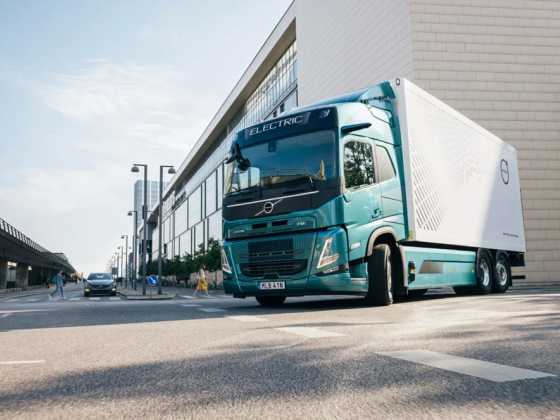Volvo first to comply with new WLTP test standards

Volvo’s entire model range complies under the new Worldwide Harmonised Light Vehicle Test Procedure (WLTP), a new testing procedure to ensure published fuel economy and emissions are more realistic to real-world driving.
All Volvo petrol, diesel and hybrid models meet the new ‘Euro 6d-temp’ standard for tailpipe emissions, as part of the firm’s model-year 2019 range update which started production in April.
Volvo is the first car manufacturer in the UK to do so and puts it ahead of the 1 September 2018 deadline, where only WLTP-homologated cars can be sold in Europe.
WLTP is a laboratory test, and replaces the New European Driving Cycle (NEDC) that can trace its roots back to the 1980s. Both tests enable customers to make comparisons between different vehicles, but WLTP uses a driving cycle that is more reflective of on-road driving.
The WLTP test is also backed up by the new Real Driving Emissions (RDE) test – an on-road test of up to 120 minutes, which evaluates a car under a variety of driving conditions and speeds. A car can only be sold once it passes both WLTP and RDE tests.
The figures Volvo publishes for its models are achieved through the WLTP cycle, then correlated back to an NEDC equivalent for comparison purposes.
“Volvo welcomed the new WLTP testing methods when they were first announced, as greater transparency in areas such as fuel consumption and emissions helps customers make better informed buying decisions,” explained Jon Wakefield, Volvo Car UK’s Managing Director.
“We are pleased that we are the first to sell a complete range of cars that meets the new testing standards,” he added.
The move to WLTP follows last year’s announcement that all new Volvo models released from 2019 will be offered in electrified-only variants, and a further announcement in April that Volvo aims for fully electric cars to make up 50 per cent of its global sales by 2025.



